Experiments
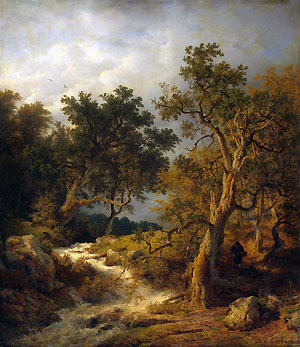
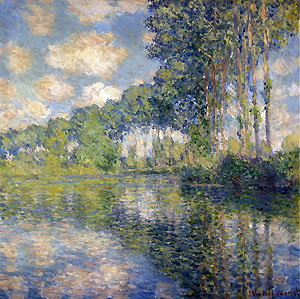
Egon v. Vietinghoff consistently stood alone in both philosophy and his self-taught creation.
In 35 years of experimentation, he rediscovered the knowledge which was no longer taught at the time. Since the impressionists broke with the tradition and in accordance to new theories developed their own ways of painting, the skill of the multilayer oil-resin technique had been forgotten.
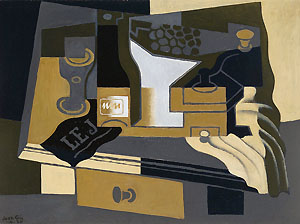
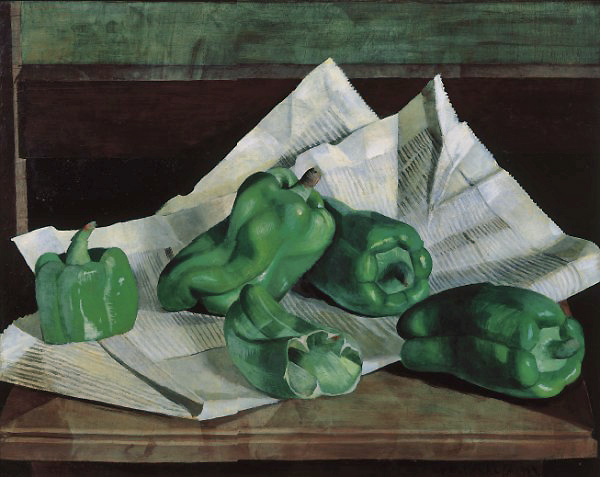
After some attempts at cubism at the beginning of his career, Vietinghoff recognized his path clearly: traditional art in the spirit of the Old Masters, but in his own manner.
For a long time, the avant-garde had not attached importance to the proved technique of the European painting culture. Later, due to the World Wars, the Spanish civil war and nuclear threat, the avant-garde would search for something catchy, striking, shocking or political. While André Breton provoked with the question "Shall the Louvre be burned?", Vietinghoff put forward the exploration and reconstruction of the traditional oil-resin technique, pragmatically and step by step.
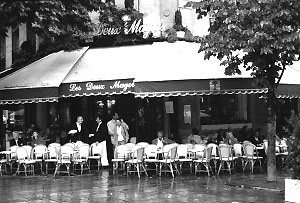
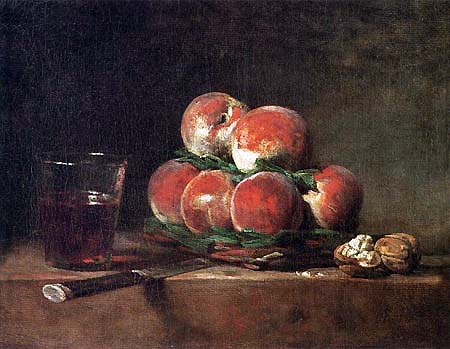
During his years in Paris, he met in the well-known coffee shops with future internationally successful painters for heated debates. As these discussions were useless to him, he turned away from this scene and started from scratch. His arduous and patient search for adequate means of expression of the "Transcendental Painting" (see this chapter) did not arouse public attention and did not bring benefits such as a scholarship or orders. Vietinghoff was always publicityshy, humble and led by his ideals; thus he followed a solitary path, accompanied by his artistic conscience and the love for his art examples.
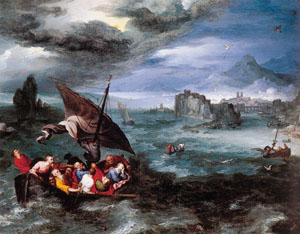
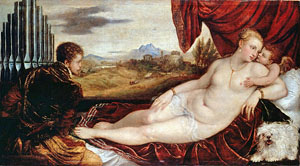 Nevertheless, Egon continued these meticulous studies during all his later journeys across ten countries.
Nevertheless, Egon continued these meticulous studies during all his later journeys across ten countries.Vietinghoff discovered the effect of the bright glazes of the Dutch and Flemish art from the works of Vermeer and the Bruegels, and the dark glazes of the Venetian art from Titian.
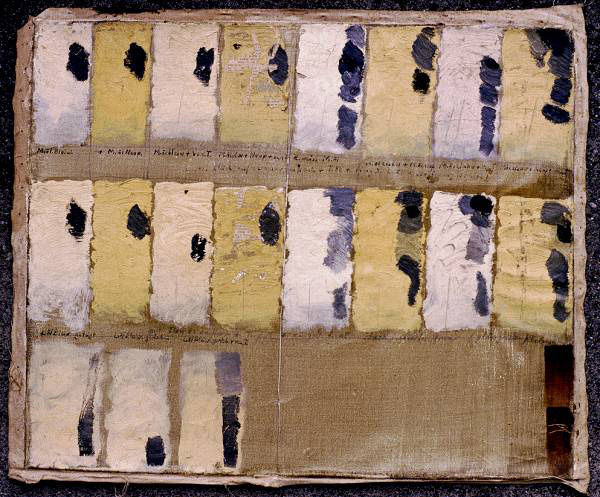
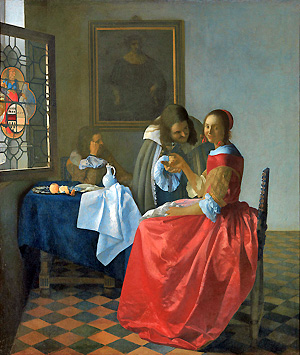
He made systematic experiments with paints, binders, grounding and varnishes, looking for the technical requirements for the realization of his vision. He solely relied on the observation and analysis of the old masterpieces, and on the continuous improvement of his attempts and results. During his almost ten years in Paris, he commuted between the Louvre Museum and his studio, where he tried out the glazes and brush strokes he discovered in the art of the Old Masters. However, he needed years and years of testing, rediscovering and setbacks, until he finally mastered the technique and found his style in the mid of his life.
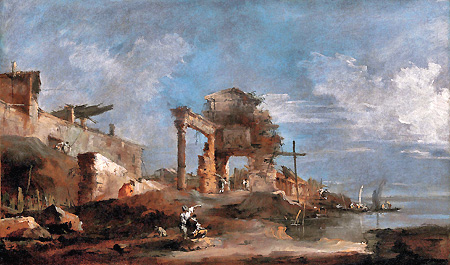
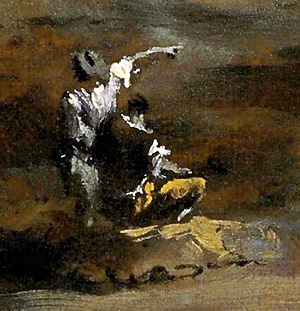
He admired the outstanding skill of the brush strokes of Guardi and his delicate details, as well as the unaffected paint application of Turner and his great superiority in the mixing and handling of the materials.
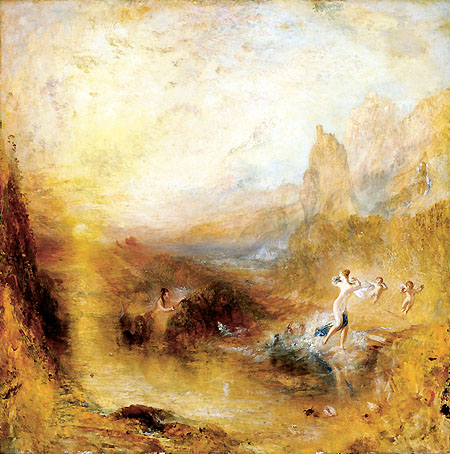 He tested many ingredients in different combinations and with various mixing techniques, in order to see the optic effects.
He tested many ingredients in different combinations and with various mixing techniques, in order to see the optic effects. Also, he examined the color theories and laws of contrast and partially re-defined them, as they had often been written by theorists rather than creative artists or they referred to the colors of the light spectrum instead of paints.